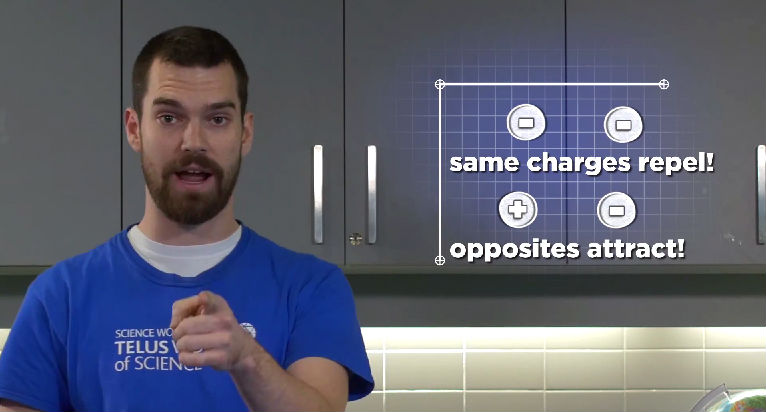Objectives
-
Describe how magnetic energy works.
-
Explain why there is a positive and a negative end on a battery and the direction in which electrons move.
-
Describe what conductors and insulators are.
-
Identify parts of a motor.
-
Explain how an electric motor works.
Materials
Background
Students are familiar with many items powered by motors: fans, microwave ovens, garbage disposals, electric can openers, washers and dryers, electric toothbrushes, hair dryers, CD players, most power tools, and more!
What is an electric motor? Simply put, it’s a device that converts electrical energy into mechanical energy. In these lessons, students will play a game that demonstrates electric current, explore how an electric current can create a magnet, and build their own electric motors.
A motor contains both electromagnets and permanent magnets which attract and repel one another. You can make a simple electromagnet by winding wire around a nail and connecting the wire to a battery. While the electric current is flowing, the nail becomes an electromagnet and has a north and south pole. When you bring a permanent magnet near the electromagnet, the two ‘like’ (or similar) poles will repel each other, and unlike poles will attract.
Inside an electric motor, the attracting and repelling magnetic forces create rotational motion.
Vocabulary
circuit: A path for electrical current to flow.
conductor: A substance made up of atoms which hold electrons loosely, allowing electrons to move through very easily.
insulator: A subtance made up of atoms which hold onto electrons very tightly, not allowing electrons to move through easily.
electromagnet: A core of magnetic material surrounded by a coil of wire through which an electric current is passed in order to magnetize the core.
electromagnetism: A magnetic force caused by electric charges in motion; also, a relationship between magnetism and electricity in which one can create the other.
electron: A subatomic particle that has a negative electrical charge.
electric current: A continuous flow of electric charge moving from one place to another along a pathway, or circuit; required to make all electrical devices work; measured in amperes or amps (A).
electrical energy: The energy carried by moving electrons (electric fields).
magnetic fields: Regions in space where electric and magnetic forces act and interact.
Other Resources
Science World | YouTube | The Electricity Show
Science World | YouTube| Electricity
BC Hydro | Power Smart for Schools| Explore Electricity
Exploratorium | Electricity
Physics4Kids.com | Electricity and Magnetism

